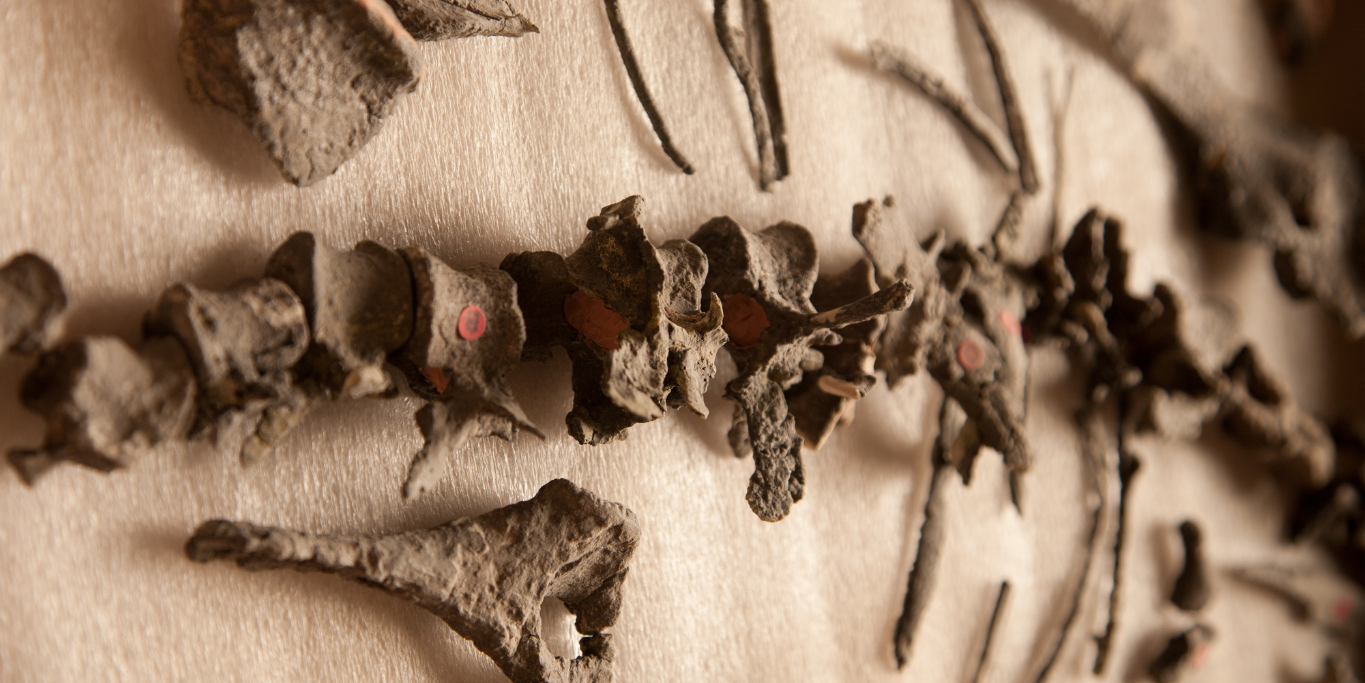Paleontology is a fascinating and diverse field that encompasses a variety of roles and responsibilities. A paleontologist’s work involves studying ancient life and the evolution of the Earth over millions of years. This field of study is critical to our understanding of the planet’s history, the development of life on Earth, and the impacts of environmental changes over time.
Many paleontologists work in the field, where they conduce excavations at dig sites to uncover fossils of ancient life. Fieldwork is the most common occupation for paleontologists as it is the driving force behind their research. In the field, paleontologists work in quarries, mountaintops, or even riverbeds to uncover the remains of ancient life, often preserved in sedimentary rock.
In addition to fieldwork, many paleontologists work in museums or universities, educating others about the history of life on Earth. Their work typically involves creating exhibits, giving talks, and teaching classes to help them understand the significance of paleontologists’ work.

What do paleontologists study?
The primary focus of a paleontologist’s work is the study of the history of life on Earth through fossil records. They examine various fossils to assemble Earth’s complex and lengthy biological history. There are many branches of paleontology that scientists may specialize in.
Paleobotany delves into ancient plants by studying plant fossils. Micropaleontology deals with tiny fossils that need a microscope for observation. Paleoecologists investigate how ancient organisms interacted with their ancient environments.
What tools do paleontologists use?
Paleontologists use various analytical tools and techniques to examine and extract the fossils they uncover. While in the field, paleontologists use excavation tools such as chisels, hammers, precise brushes, and sifting screens to remove fossilized remains from sedimentary rock deposits carefully. In the laboratory, paleontologists use analytical tools such as microscopes that examine microscopic structures, 3D scanners, imaging software that creates digital models of fossils, and chemical analysis instruments such as spectrometers to analyze fossilized tissue.
How long does it take to become a paleontologist?
To become a paleontologist, an advanced college degree is required. To become a paleontology researcher, professionals typically need a science doctorate, which can take four to six years after receiving a bachelor’s degree. Paleontologists who maintain fossil collections for museums or universities often only have a master’s in paleontology, which takes two to three years on average. Overall, it can take up to ten years of education and training to become an advanced paleontologist.

Learn more about paleontology at Thanksgiving Point’s Museum of Ancient Life
Want to learn more about paleontology? The Museum of Ancient Life recently reopened the entrance gallery, providing greater interaction and opportunities to learn about the entire paleontology process. Whether you’re peeking into the working paleontology lab, exploring a field site, or trying your hand at paleontology at the Paleo Studio, the new spaces will bring paleontology to life for you and your family!


